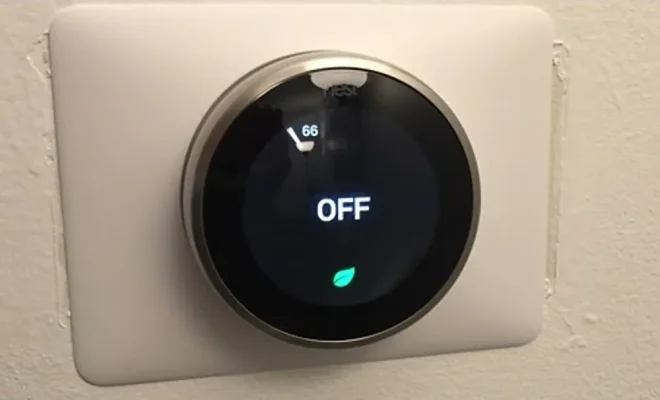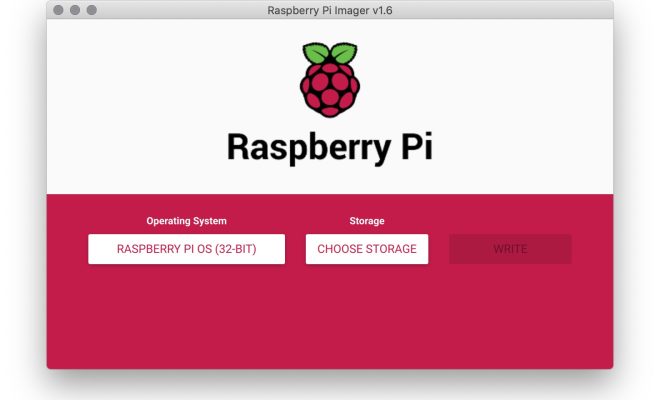CC vs. BCC: What’s The Difference?

Email is a primary form of communication in today’s digital age. It has become so ubiquitous that one hardly gives it a second thought. However, there are some email etiquette and best practices that one needs to be aware of, especially when it comes to the use of CC and BCC.
Most people know what CC stands for – Carbon Copy – as it is widely used in email communication. CC is a method of sending a copy of an email message to multiple people simultaneously. When you CC someone in an email, it means that the recipient can see the email addresses of all the other recipients. CC is often used when you want to keep someone informed or when several people need to know the same thing.
However, there is one drawback of using CC, and that is that it can clutter up the recipients’ inboxes. If you CC someone on an email chain, they may get annoyed with the unnecessary information.
On the other hand, BCC stands for Blind Carbon Copy. It is almost identical to CC, but there is one significant difference. When you BCC someone in an email, the recipient cannot see the email addresses of the other recipients. BCC is used as a way to send an email to multiple people without disclosing who else is on the email.
BCC is often used in business settings, where you want to keep the recipients anonymous. For example, if you want to send an email to a group of employees, you can put their email addresses in the BCC field, and they will not know who else received the email.
Another advantage of using BCC is that it can help protect privacy. When you send an email to several people, their email addresses are visible to each other, and this can be a privacy concern. By using BCC, you protect everyone’s email addresses, and you don’t compromise their privacy.
In conclusion, both CC and BCC are useful tools for email communication. CC is best for when the recipient needs to know that multiple people are receiving the same email, and BCC is best when you want to keep the recipients anonymous or to protect their privacy. By following these best practices, you can improve your email etiquette and avoid annoying your colleagues and friends.






